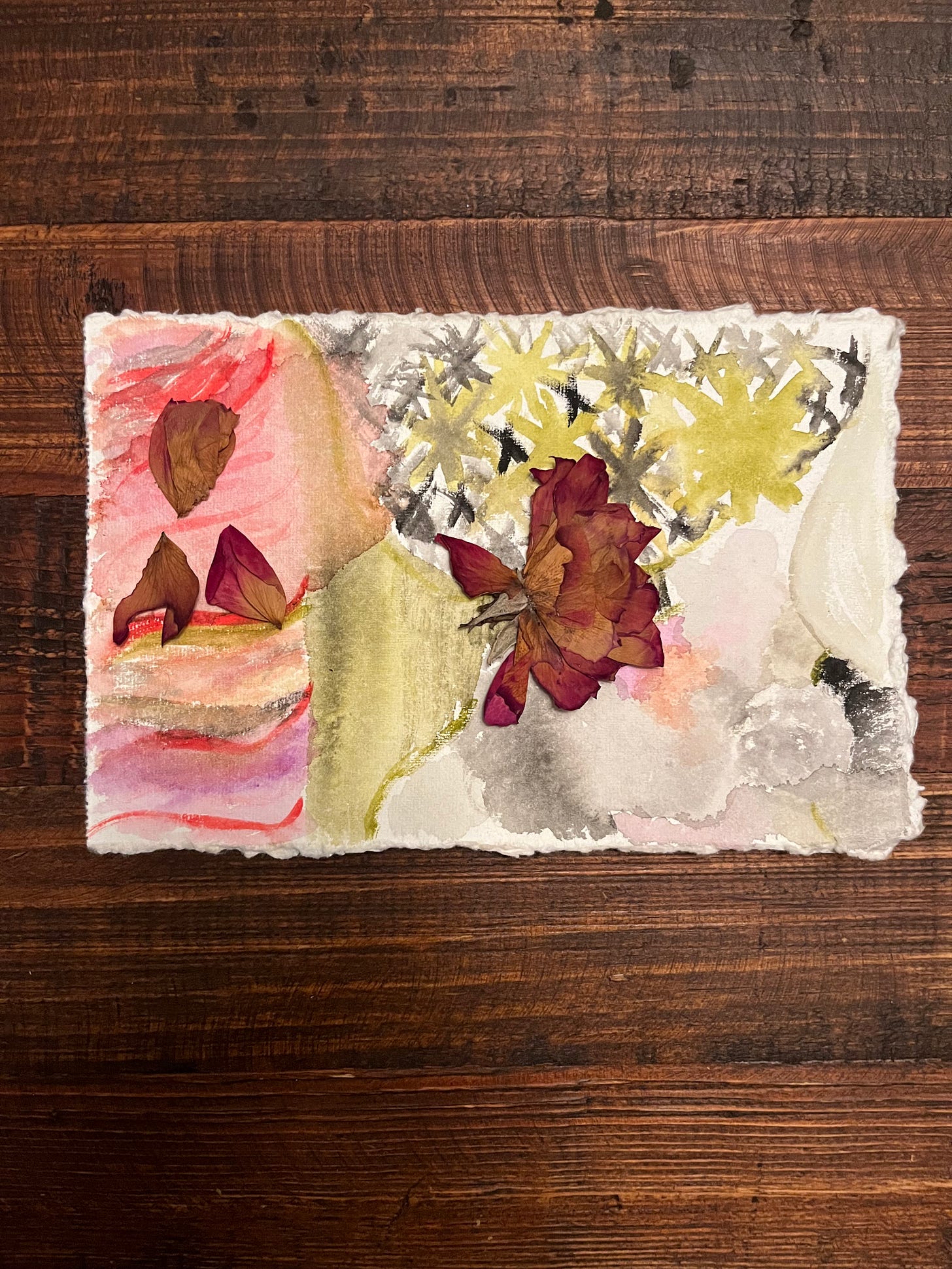What the edge can unveil
Moving from a "good" breath practice to a breath practice
The edge and the resistance in a slow breathwork practice is a sign from the nervous system that you are entering into the sympathetic state, otherwise known as the fight-or-flight portion of the autonomic nervous system.
To be in the fight-or-flight response for a portion of a flow isn’t a bad thing. It’s when prolonged stress becomes the norm for your body and it never gets the signal to return to the rest-and-digest, the parasympathetic arm of the nervous system, that stress takes a toll on the body.
“Sympathetic states help ease pain and keep blood from draining out if we get injured. They make us meaner and leaner, so we can fight harder or run faster when confronted with danger. But our bodies are built to stay in a state of heightened sympathetic alert only for short bursts, and only on occasion,” writes James Nestor in Breath: The New Science of a Lost Art.
Sometimes, the mind clings onto the fear of the sensations that arise with the fight-or-flight — imbalance, contraction, separation — and stammers this is bad, this is forever, even during a gentle breathwork practice. Especially if you’ve been stuck in a heightened state of stress for a long time.

I know how uncomfortable this edge can be and how darn convincing the voice of fear becomes. And, I keep on learning how valuable it is to just keep breathing when the edge appears demanding my mind to create a story rooted in judgment during conscious breaths.
The beauty is when you keep taking intentional breaths, you get more comfortable with the discomfort unveiling just how brilliantly strong and human you are. Here is how to welcome the edge when you meet it in a breath flow and not run, roll, or curl away from it:
Detach from the outcome
Let the goal of the breathwork flow be to breathe
Show up and breathe in the midst of the edge rattling your wounds
Let the exhale be a vehicle for self-judgment to release
I realized in a breathwork and meditation training I completed a couple of weekends ago with Carolyn Anne Budgell that I’ve been grasping to outcomes for Slo Breathworks’ breath meditations. Since breathing techniques have been shown to downregulate and upregulate the autonomic nervous system, I get excited to share that at the beginning of a workshop, 1:1 session, and flow.
The downside of this deep dive before the experience is the attachment it creates and the self-judgment that arises if the breather doesn’t arrive in that space within the flow. Plus, the flows become promises of more instead of spaces to witness and push forward.
So, brilliant breather, how are you letting the breath just be a breath without the narratives of good and bad, parasympathetic and sympathetic, hard or easy, all tied into it?
Keep on breathing 🌬️
Sarah
WAYS TO GET YOUR SLOW BREATH ON
February Breath Break - February 15th 12:30 PM EST - Register here
Each month we take fifteen minutes to breathe slow breaths together. This month’s we bring awareness to the exhale hold as this is the last month of winter, which is the season of the exhale hold. These are monthly and Spring’s breaks 😉 will be posted before the end of the month.
Online 1:1 Breath Resets - Schedule here
An online breath reset is for you to connect with your breath and learn how different techniques can help you cope with stress. Liken this to a 45-minute personal training session but for your nervous system and brain, letting the breath be the only equipment you need. Plus, an open heart and a willingness to witness what the seasons of the breath hold for you.
TAKE A SLOW BREATH AND GUESS
In the next breath note, you’ll find the answer and some more information about how their location is related to slow, intentional breathing.


I totally relate to being too attached to outcomes. Thank you for sharing <3